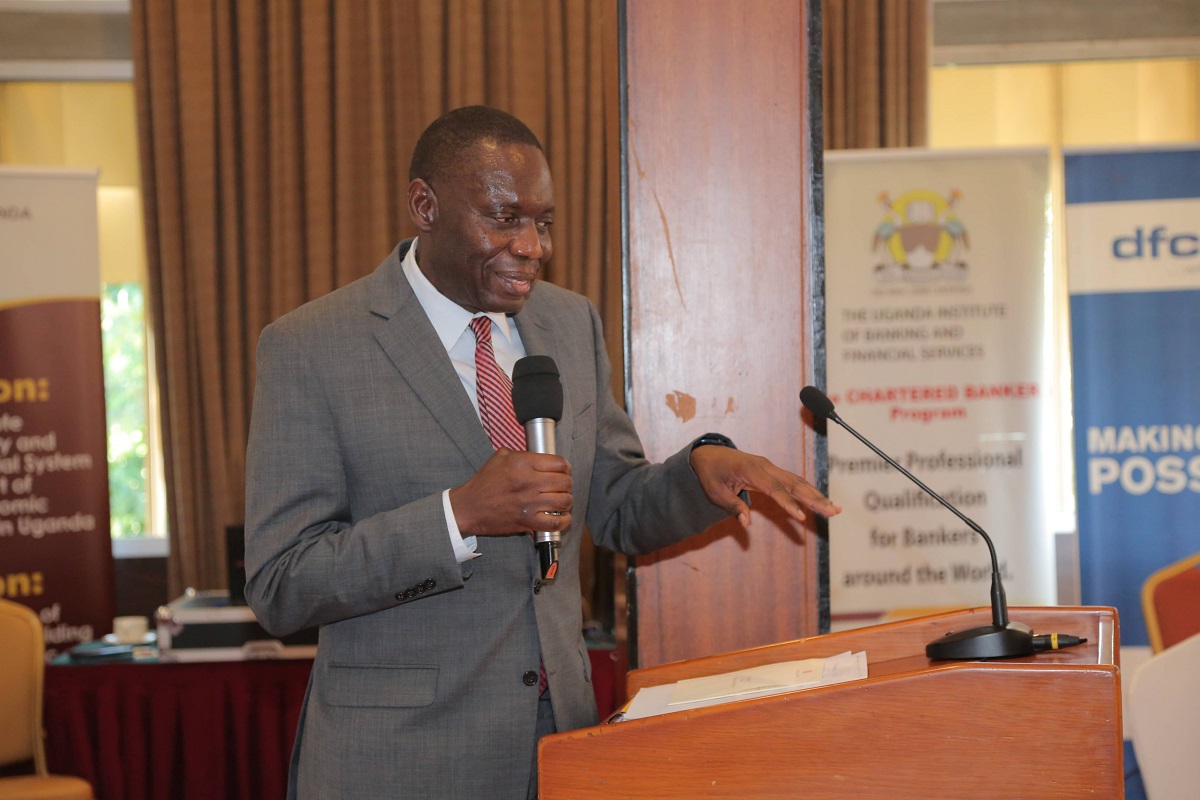In Kabale district, Uganda, between July 2023 and June 2024, 1,396 girls aged 15-19 years became pregnant. This figure includes four girls under the age of 15.
Monica Muhumuza Nzeirwe, Kabale District Senior Probation Officer, reported these statistics during the belated commemoration of the Day of the African Child on Tuesday. The theme for the event was “Education for all children in Africa. Time is now.”
The data was gathered from antenatal services at health facilities and cases reported to the police. Muhumuza attributes the high rates of teenage pregnancies to a combination of factors, including lack of parental care, domestic violence, poverty, and alcoholism. These issues often result in many of the affected girls dropping out of school and opting for marriage.
Muhumuza highlighted that out of the 63,525 pupils enrolled in 113 primary schools in the district, 25 percent of the girls do not complete primary seven due to various challenges.
Balam Barugahara Ateenyi, the State Minister for Gender, Labour, and Social Development, in charge of children and youth affairs, advised minors to avoid being enticed by gifts or lifts from “sugar daddies and mummies.” He explained that these individuals use such tactics to lure young people into sexual activities and urged them to report these cases to their parents and local leaders to facilitate the arrest of perpetrators.
According to Uganda Bureau of Statistics (UBOS, 2018), nearly one in four (25%) Ugandan women has given birth by the age of 18. In 2020, the UNFPA country office in Uganda reported that 18.9% of pregnancies among women attending their first antenatal care were teenagers. Globally, UNICEF estimates that about 13% of adolescent girls and young women give birth before the age of 18.
Early childbearing can impact girls’ education, livelihoods, and health negatively. Many young girls who become pregnant are pressured or forced to leave school, impacting their future educational and employment prospects.
Furthermore, early pregnancy and childbearing can result in social consequences for girls, including reduced status within their homes and communities, stigmatization, rejection, and violence by family members, peers, and partners, as well as early and forced marriage.




















